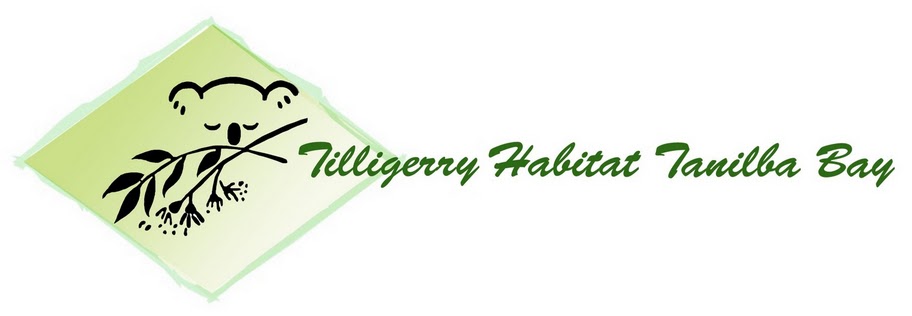I took a walk around the Habitat to see what was around, since Spring seems to be coming a bit early this year.
Left from the Centre, past Nursery, down the bushland Amble to Mossy Boardwalk (where the frogs were very loud). Along to The Hub and then out onto the bike path, reentered via Middle Gate and down to Birdsong to check on the nesting birds.*See map belowTo hear the birds, bees, frogs, rustling in the grasses and the sight of all these in flower was delightful.
Highly recommend this part of the Habitat at this time of year especially.

 | |
| No, the wombat didn't sit on these, but don't tell the Kids Club! | Spiny Matt Rush |
 |
| Fire recovery |




















